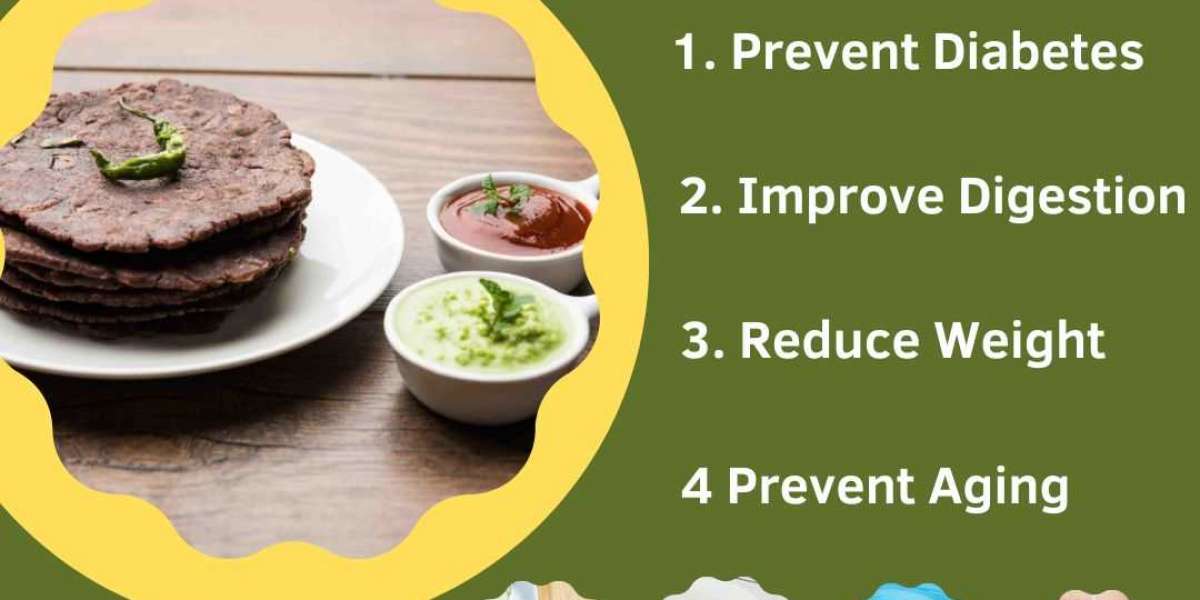Ragi is a millet that looks a lot like mustard seeds and is very nutrient-dense. Finger millet is especially useful since it contains the essential amino acid methionine. Ragi, a grain rich in protein, calcium, fibre, and iron, has been used for a very long time in many different types of food products all over the world. In Kannada, Hindi, and Telugu, it is known as "Ragi," while in Marathi, Bengali, and Tamil, it is known as "Madua" and "Kezhvaragu." It is widely scattered over numerous Indian states. Ragi is one such super grain that has recently gained popularity once more. It is a tough crop that can flourish at high altitudes and withstand harsh weather, making it perfect for India's climatic conditions. The grain, often called finger millet or nachni, is a small, flat grain.
Because it is so full of nutrients, ragi has several positive health effects, including improving digestion, lowering the risk of heart disease, delaying the ageing process, and controlling diabetes.
As more people became aware of the nutritional benefits of ragi, they began combining it with other grains like rice and wheat to make traditional dishes like idli, upma, and rotis.
Ragi Nutrition Health Benefits
Ragi nutrition is the most lavish source of calcium among food types, making it ideal for maintaining bone health. Together with vitamin D, calcium helps to strengthen bones. It is a fantastic source of natural calcium for growing children and older people. It supports adult bone health as well as the development of bones in growing children. Ragi Nutrition Food helps keep boning difficulties under control in this way. You should strive to include it in your healthier cooking because it is the best superfood you can eat for your health.
Uses of Ragi
1.Unlike what many people think, ragi is an extremely versatile food. It is easy to ground it into ragi flour, which is then used to prepare a number of different recipes.
- Ragi can be used to make a variety of breakfast dishes, such as ragi idli, dosa, and upma, by combining it with other grain flours including jowar, bajra, and whole wheat.
- Making ragi for infants is quite easy. Better yet, you can combine it with jowar to create a simple porridge. For that, you must pressure cook both whole grains, then purée it with some dates for sweetness before simmering it for an additional amount of time.
- A variety of delicacies can also be made using ragi flour. Similar to how whole wheat flour is used, ragi flour is far healthier than the substitutes and is often used to make pastries. Here are a few of them: ragi sheera and ragi barfi.
- Ragi is a good grain to consume for pregnant ladies to acquire the proper nutrients. Ragi ladoo is the generic name for the ordinary ladoo served to expectant mothers.
- Ragi's most significant application is in the making of rotis and parathas. It makes a delicious substitute for whole wheat rotis when used to stuff parathas or even chilas.
Advantages of Ragi
- A lot of calcium
- A ids in managing diabetes
- Stops Skin Aging
- Combats Anaemia
- Helps with Weight Loss
- Potential to combat cancer
- Good for the Heart
- 8. Encourages healthy teeth and bones








